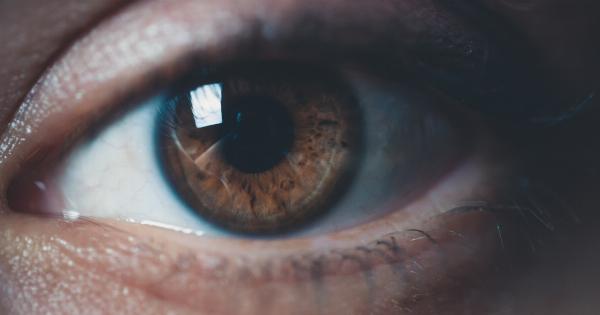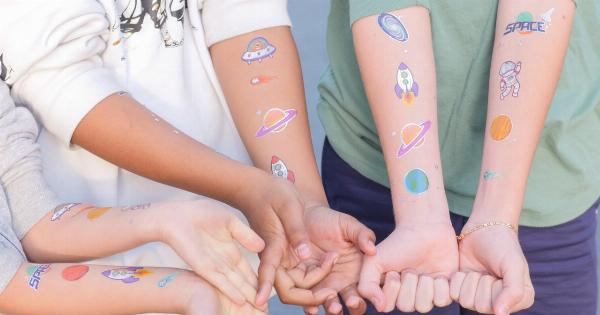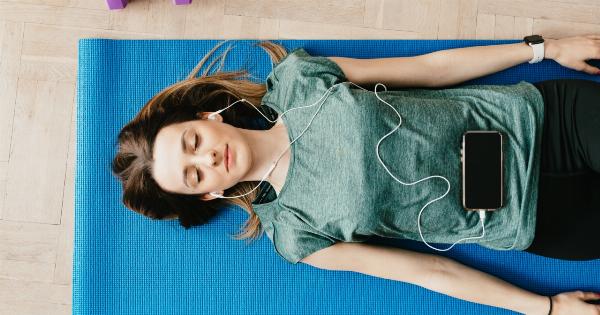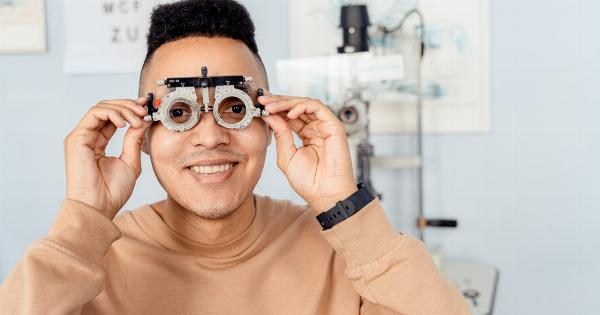Cross-eye, also known as strabismus, is a common condition in which the eyes are misaligned and do not work together to focus on an object. This can lead to double vision, blurred vision, and other visual impairments.
Cross-eye correction glasses, also called prism glasses, are a type of eyewear specifically designed to address this condition in children.
How Do Cross-Eye Correction Glasses Work?
Cross-eye correction glasses work by incorporating prisms into the lenses. These prisms help to redirect the incoming light rays, allowing the eyes to align properly and improving binocular vision.
By correcting the misalignment, the glasses help the child to see clearly and eliminate double vision.
When Should Kids Use Cross-Eye Correction Glasses?
Children with cross-eye typically start using correction glasses as part of their treatment plan. In most cases, eye doctors recommend starting treatment with glasses before considering any other options such as eye patches or surgery.
It is crucial to address cross-eye early on to prevent further visual problems in the future.
Benefits of Cross-Eye Correction Glasses
1. Improved Vision: The primary benefit of cross-eye correction glasses is that they improve vision by aligning the eyes properly. This helps eliminate double vision and provides clarity of vision for children.
2. Binocular Vision: Cross-eye correction glasses promote binocular vision, which is when both eyes work together to create a single, clear image. Binocular vision helps with depth perception and overall visual function.
3. Confidence Boost: Wearing cross-eye correction glasses can significantly boost a child’s confidence, as it helps them to see clearly without any visible misalignment. This can lead to improved self-esteem and a better overall quality of life.
4. Preventing Amblyopia: Cross-eye can sometimes lead to a condition called amblyopia or “lazy eye.” By correcting the misalignment using glasses, the risk of developing amblyopia can be reduced.
Choosing the Right Cross-Eye Correction Glasses
When selecting cross-eye correction glasses for kids, there are a few important factors to consider:.
1. Prescription Strength: Make sure the glasses are prescribed by an eye doctor and have the correct prescription strength for your child’s specific misalignment.
2. Frame Fit: The glasses should fit comfortably and securely on your child’s face. It’s essential to choose a frame that is not too tight or loose, ensuring proper alignment of the lenses.
3. Visual Appeal: Find a pair of glasses that your child likes. This can make them more motivated to wear the glasses regularly, ensuring maximum effectiveness.
Caring for Cross-Eye Correction Glasses
To ensure the longevity and efficacy of cross-eye correction glasses, it is important to take proper care of them:.
1. Cleaning: Regularly clean the lenses with a lens cleaning solution and a microfiber cloth to remove smudges and fingerprints.
2. Storage: When not in use, store the glasses in a protective case to prevent scratches or damage to the lenses.
3. Avoid Harsh Environments: Avoid exposing the glasses to extreme temperatures, high humidity, or direct sunlight as these conditions may affect the quality of the lenses.
Follow-Up with Eye Doctor
It is crucial to have regular follow-up appointments with your child’s eye doctor when using cross-eye correction glasses.
The eye doctor will assess the progress and make any necessary adjustments to the prescription or treatment plan to ensure optimal visual improvement.
Other Treatment Options for Cross-Eye in Kids
In some cases, cross-eye may require additional treatment options alongside or instead of cross-eye correction glasses:.
1. Eye Patching: If one eye is significantly weaker than the other due to cross-eye, your child’s eye doctor may recommend patching the stronger eye to encourage the weaker eye to develop proper visual function.
2. Vision Therapy: This is a non-surgical approach that involves various exercises and activities to train the eyes to work together.
Vision therapy can be beneficial for children with cross-eye and may be used in combination with cross-eye correction glasses.
3. Surgery: In severe cases or when other treatment options have been unsuccessful, surgery may be required to correct the misalignment of the eyes. Surgical intervention aims to align the eyes and improve binocular vision.
Tips to Encourage Children to Wear Cross-Eye Correction Glasses
Getting children to wear their cross-eye correction glasses consistently can sometimes be a challenge. Here are a few tips to encourage your child:.
1. Start Early: Introduce the glasses early on in your child’s treatment plan to establish a routine.
2. Make it Fun: Choose glasses with frames that your child finds appealing, such as their favorite color or character.
3. Lead by Example: If you wear glasses, let your child see you wearing them regularly. This can encourage them to do the same.
4. Praise and Positive Reinforcement: Praise your child for wearing the glasses and acknowledge their efforts. Positive reinforcement can go a long way in motivating them.
Conclusion
Cross-eye correction glasses are an effective and non-invasive method to address misalignment in children with cross-eye. They provide numerous benefits, including improved vision, binocular vision, and increased self-confidence.
By choosing the right glasses, taking proper care of them, and following up with an eye doctor, children with cross-eye can experience significant visual improvement and prevent potential complications. It’s important to explore all treatment options and techniques, such as vision therapy and eye patches, to ensure the best outcomes for your child.





























